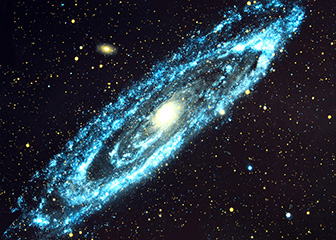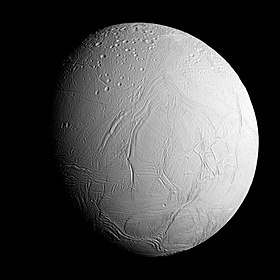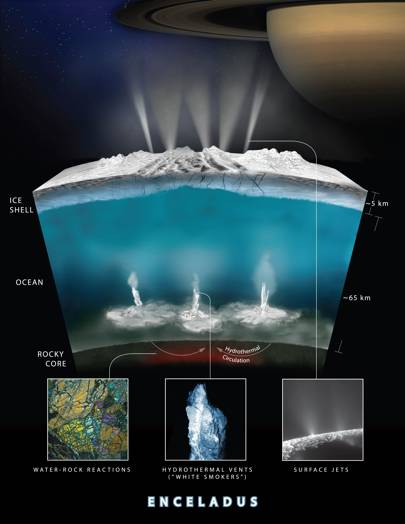“Where are they?” asked Enrico Fermi to his colleagues in 1950. Where is all the life that, by all rights, should populate our galaxy and the rest of the universe? The Fermi Paradox arises from the knowledge that the whole of human history is but a blip in the cosmic calendar. If we have so quickly evolved and nearly made it to the reality of interstellar travel, then it stands to reason that the universe and our galaxy should be teeming with life. According to Fermi’s math, the galaxy should have produced countless versions of intelligent life, some existing long before our own, and that logically Earth should have been visited repeatedly by extraterrestrials by now.

Enrico Fermi: image from wikipedia
So where could they be if life should be so common? Perhaps life as we know it is far less common than we believe- maybe the Earth and its inhabitants are extremely unique in our universe. Maybe civilizations are too far apart in both space and time for us to ever make contact outside of our solar system. Or perhaps life is out there, but its essence is so foreign to us that we wouldn’t even know if we found it. There is another, slightly scarier, option though. Perhaps life- even intelligent life- is quite common among the stars. And maybe what keeps them from populating the galaxy is some catastrophic event that very few, or none, survive. We’d never know until it happened to us. But it’s nothing that we can really worry about. All we can do is keep on keeping on down on Earth and exploring our sky to find out the facts.







